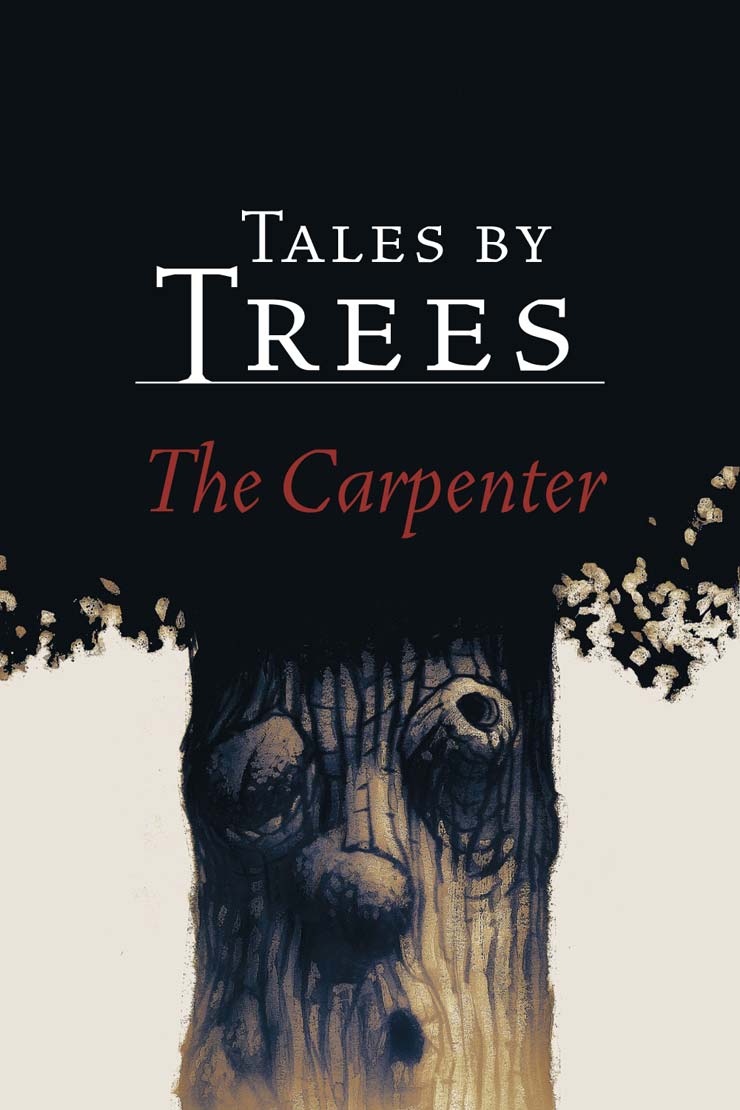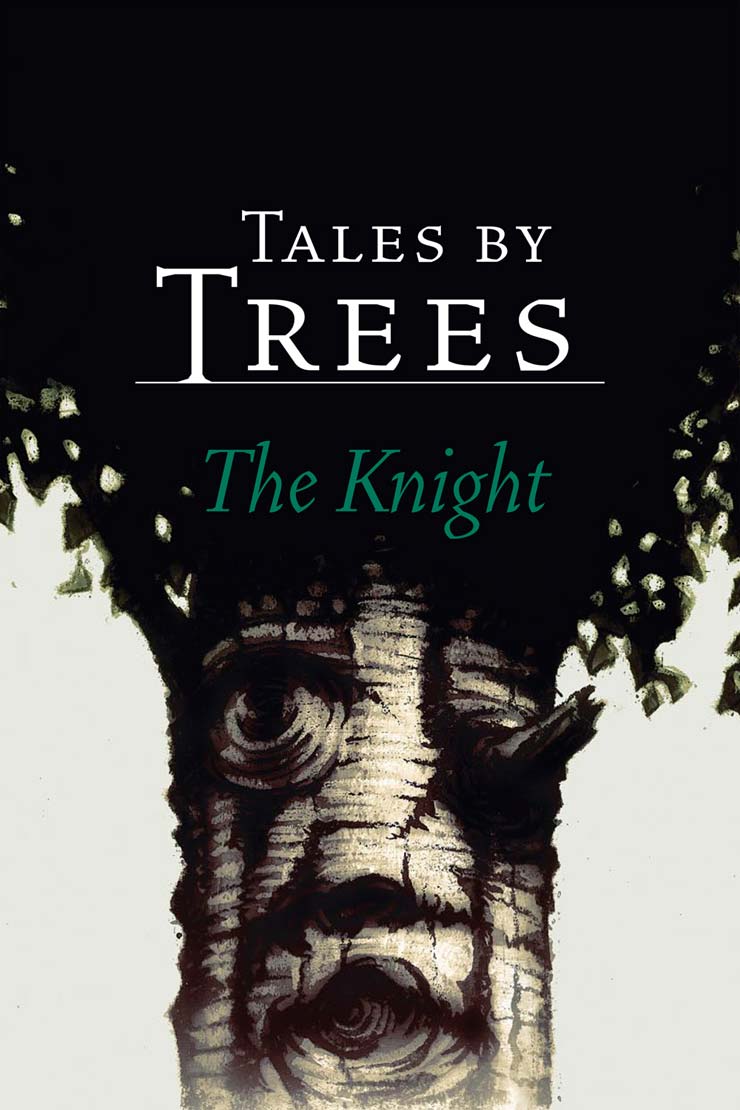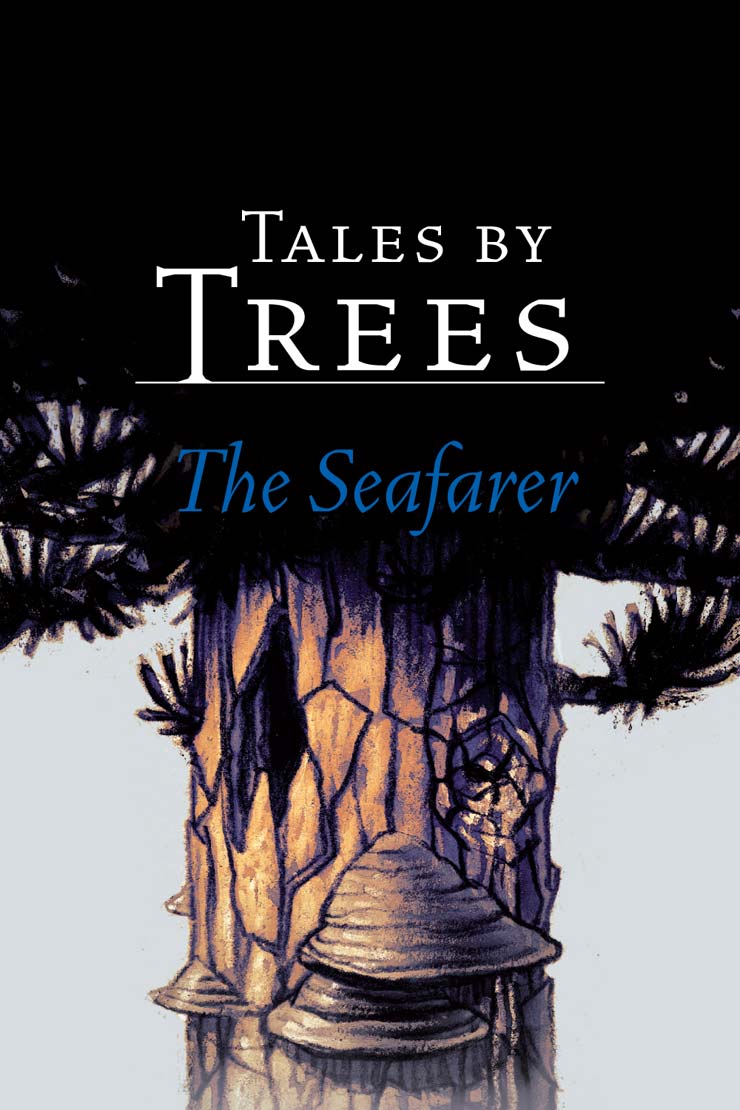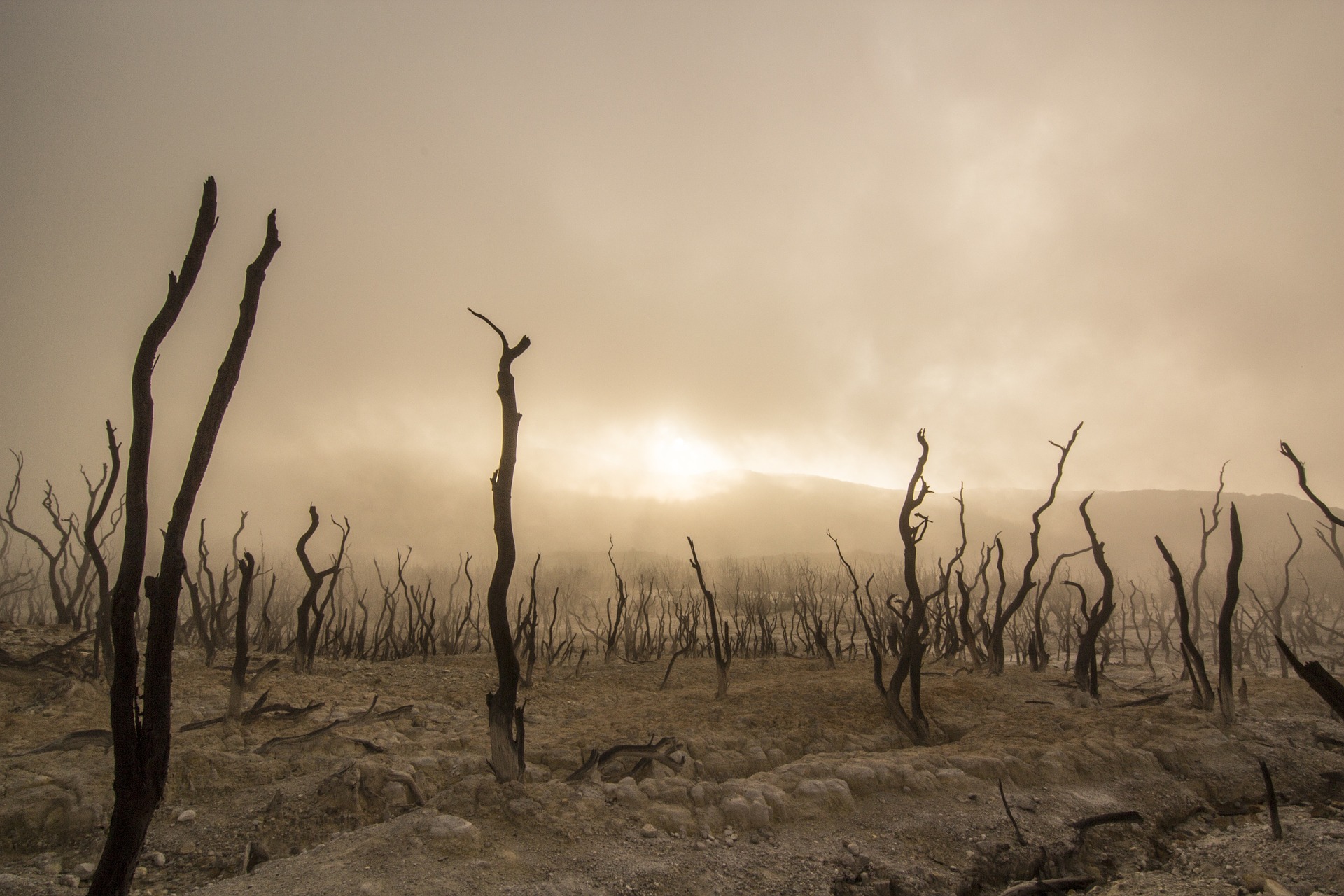
7 Fascinating Endangered Trees
Have you ever stumbled upon a fallen tree after a raging storm? Felt struck by the fact that something so grand, that has withstood countless seasons for longer than you have lived, is now lying uprooted and lifeless on the pavement? It’s a distinctly mournful feeling. But these aren’t the only trees we are losing. In fact, it’s now been estimated that over 10 percent of the world’s tree species are now threatened with extinction.
Here are some of the rarest, most culturally meaningful and medicinally valuable endangered trees we stand to lose:
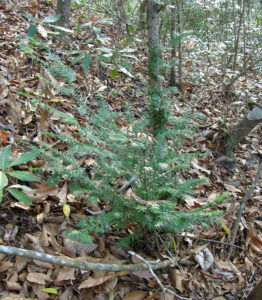
The Florida Yew
Yew may not know much about the importance of the Florida Yew tree but cancer researchers certainly do. Often planted in graveyards as a sign of immortality, they are now one of the rarest trees in the world, with a population limited to a nine-mile square stretch aside the Apalachicola River, Florida. Whilst the seeds and leaves of the tree are highly poisonous to humans, the bark contains an extremely precious ingredient known as taxol, which is proven in the treatment of various forms of cancer including ovarian, breast and more.
But there aren’t nearly enough trees to meet pharmaceutical demands, and its existence is still threatened by a growing deer population and degraded habitat, according to IUCN Red List. The now protected Yew tree can no longer be felled to harvest taxol but it’s still an invaluable source of research. So let’s do our bit to conserve these curative yews, they can help us, too.
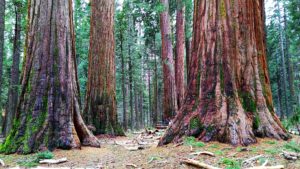
The Coast Redwood and Giant Sequoia
A towering landmark of American culture, the great Redwood tree. The Coast Redwood is the tallest tree in the world, reaching heights of over 115 metres! Whilst the Giant Sequoias boast the world’s largest trunks – a real favourite for tree-huggers. However the robust features of these trees do little to protect them from people, and actually, make them extremely vulnerable to logging. Less than four percent of original Redwood forests are still standing. Luckily, the majority of those remaining are housed in national parks but are still threatened by competing conifers, says IUCN. So it’s time to do some real tree-hugging and defend these endangered giants.
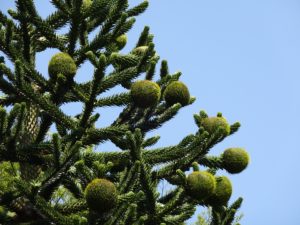
The Monkey Puzzle Tree
You may have spotted this tree standing proudly among ornamental gardens, sporting the spiked leaves monkeys struggle to climb (in case you were wondering about the name). They are especially prized in England, where they were first introduced in 1795, at the Royal Botanic Gardens of Kew.
In their native land of Chile and Western Argentina, where the most ancient Monkey Puzzle trees can be found, they are frequently cleared for crops, and fall victim to deforestation, fires and illegal logging. The tree’s spiky exterior and sturdy features allow it to withstand volcanoes, heavy avalanches and wind, all methods it uses to spread its seed, but this endangered tree has little defense against human development and is sadly in need of recuperation.
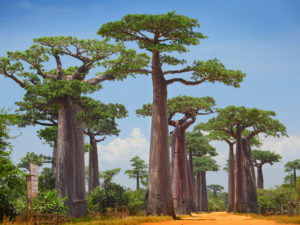
The Baobab Tree
You can find the Baobab tree growing on the savannas of Africa and no doubt you’ve come across baobab in your cereal bars and health products too, thanks to the overwhelming nutritional benefits of the fruit. Rich in vitamins and minerals, the baobab fruit is said to provide ten times the amount of fibre as apples, six times more vitamin C than oranges and an astonishing hit of antioxidants. It’s no wonder the fruit is so ripe for overpacking, and sadly most of its seeds get discarded and not replanted, so the species can’t replenish itself. It’s speculated that the decline in elephants feeding on and spreading baobab seeds has also led to this iconic tree, that can live up to 1,000 years, ending up on the endangered list.
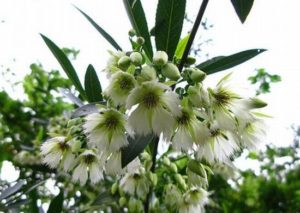
Bois Dentell
Listed as one of the world’s one hundred most endangered species, there are now only two native Bois Dentelle trees remaining on earth. Its name translates to lace wood, thanks to the appearance of its delicate white flowers, resembling the fluffy mystical Mauritius cloud forests it can be found in. Cloud forests lose over 1 percent of their cover annually to the effects of climate change, and there’s little motivation to protect the Bois Dentell in these areas, compared to more economically promising crops. But the Mauritius government has now moved one of these endangered trees into a nursery, in a bid to save this flowering gem.
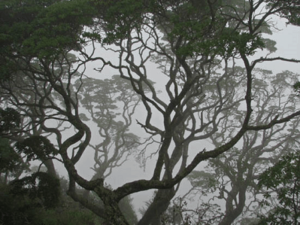
The St. Helena Gumwood Tree
Featuring gnarly branches and a sparse, umbrella-like canopy, the Commidendrum robustum, or Gumwood tree, is the national tree of St Helena, a remote island in the South Atlantic ocean where Napolean Bonaparte was famously exiled and died. Sadly, the fate of the Gumwood tree is not looking too good either. Listed by IUCN as an endangered tree, this tree population was largely lost during the British colonisation of the island in 1659. It’s further attacked by pesky rats, weeds, feral cattle and competing mango trees. Populations of the trees can only be found at two sites on the island, and frantic conservation efforts from the likes of the ‘Gumwood Guardians’ are working to restore these now rare and protected trees.
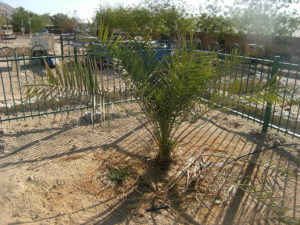
The Judean Date Palm
Now this particular tree shouldn’t really be on an endangered trees list, since the once prolific feature of the Middle East and also The Bible, “The righteous shall flourish like the palm tree,” says Psalm 92, is nowhere to be seen today. That was until an ambitious archaeologist decided to plant a long lost 2,000-year-old seed found in the remains of an Israeli fortress. Miraculously, the new-old tree, named Methuselah, has flourished once again and produced new seeds, offering hope for groves of others like it.
In its day, the Judean Date Palm was thought to help with fertility and even fight against tumours. Modern date palms don’t offer such benefits, so bringing back this ancient variety is a chance to investigate these claims. Moreover, who would have thought a seed that has slept for thousands of years could be reawakened?! A strong argument for seed banks if we ever heard one.
We Can Protect and Rejuvinate Endangered Trees
A 2,000 year old seed was planted and sprouted into a tree, Monkey Puzzle planting projects had a 90 percent success rate, and many more trees have been able to restore populations thanks to conservation efforts – trees have the strongest wills to survive and reproduce! But lots of endangered trees remain in need of urgent help, trees that were here long before us and have the potential to survive years into the lives of our future generations. Don’t let their stories end after all this time. Protect forests and support conservationists!

